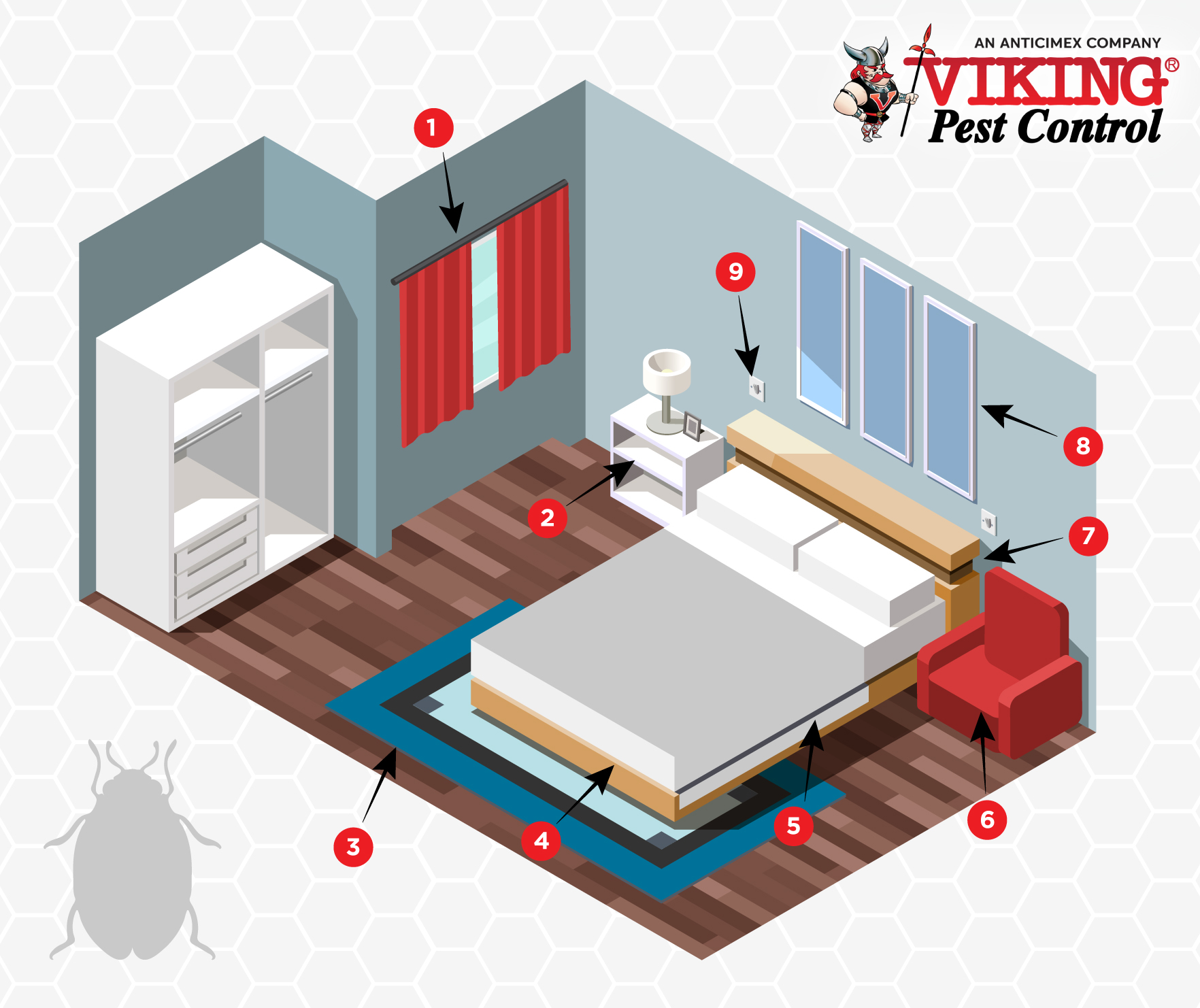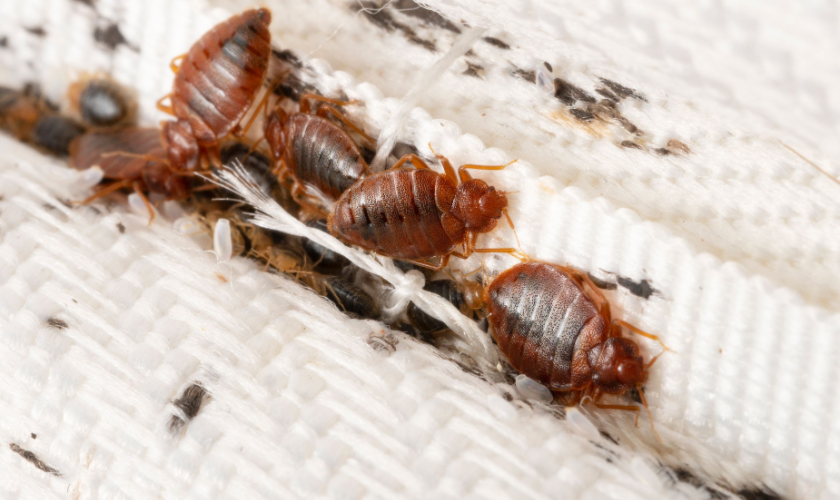Kinds Of Pest Control: Which Method Is Right for Your Infestation?
When confronted with a pest problem, the choice of a suitable technique for pest control is critical in efficiently managing the situation. From chemical treatments to biological services, there exists an array of approaches that can be used to attend to different kinds of pests. Each approach includes its own set of considerations and advantages, making the decision-making procedure a nuanced one. Comprehending the nuances of each strategy and assessing their compatibility with the certain insect problem handy is necessary for accomplishing lasting success in parasite administration. By exploring the numerous types of pest control approaches readily available, people can make informed choices tailored to their one-of-a-kind scenarios, making certain a much more efficient and lasting result in parasite eradication.
Chemical Pest Control
Chemical insect control entails the usage of artificial or naturally derived chemicals to handle and remove pest populations efficiently. This approach is generally used in agriculture, forestry, and household setups to deal with a vast array of insects, including rodents, weeds, and pests. Making use of chemical pesticides can provide quick and targeted services to pest problems, making it a popular option for numerous people and businesses.
Among the key advantages of chemical insect control is its capability to promptly get rid of pests, reducing the risk of damage to plants, residential or commercial property, and human health and wellness. By utilizing details chemicals that target specific insects, this technique can effectively manage invasions while lessening injury to beneficial microorganisms and the setting when used properly.
Nevertheless, the usage of chemical parasite control also raises worries regarding prospective damaging effects on non-target varieties, water resources, and human health and wellness. It is essential to adhere to safety and security guidelines, use chemicals responsibly, and think about alternate pest control techniques to decrease these risks and ensure sustainable insect management methods.
Biological Parasite Control
Biological bug control, also recognized as biocontrol, uses living organisms to lower and take care of pest populaces naturally. By using the bug's all-natural predators or pathogens, organic pest control uses a ecologically friendly and sustainable remedy to pest monitoring.

Mechanical Parasite Control
Making use of manual and physical approaches to take care of bug populations, mechanical parasite control offers an alternate method that does not count on using living organisms or artificial chemicals. This technique entails using barriers, catches, or other tools to physically discourage or get rid of pests. By obstructing pest access points or setting up catches to capture them, mechanical bug control can effectively reduce infestations without introducing chemicals into the atmosphere.
One typical example of mechanical insect control is making use of mesh screens on doors and home windows to avoid bugs from entering buildings. This simple yet effective approach functions as a physical obstacle, keeping pests out while permitting for proper air flow. In addition, gadgets like mousetraps, fly swatters, and ultrasonic repellents fall under the mechanical insect control group.
While mechanical pest control techniques can be labor-intensive and call for normal monitoring and maintenance, they supply a lasting and environmentally pleasant solution for managing insect invasions. By incorporating various mechanical techniques, homeowner can create an extensive bug control approach that minimizes reliance on chemical pesticides.
Physical Parasite Control

Some typical physical insect control approaches consist of using barriers such as webs or screens to avoid bug entry, catches to capture and eliminate pests, and hand-picking to literally remove bugs from plants or structures. In addition, techniques like warmth treatments can be utilized to regulate insects like bed insects by elevating the temperature to degrees that are lethal to the bugs.
Physical parasite control is particularly valuable in incorporated pest administration (IPM) strategies, where several parasite control methods are integrated for effective pest monitoring while reducing making use of chemicals. By utilizing physical parasite control strategies, people can properly address bug problems with minimal environmental effect.
Integrated Parasite Monitoring
When executing physical bug control approaches as component of pest administration strategies, Integrated Pest Administration effective pest control (IPM) becomes a thorough approach that leverages various strategies to successfully regulate pest populaces. IPM concentrates on lasting avoidance of parasites through a mix of biological, cultural, physical, and chemical tools tailored to specific pest issues. By integrating multiple control strategies, IPM aims to lessen the risks connected with pests while additionally lowering dependence on chemical services.
One key aspect of IPM is the emphasis on surveillance and analyzing pest populations to figure out the most suitable control methods. This proactive strategy enables very early treatment and targeted methods, causing a lot more effective insect management. In addition, IPM promotes environmentally friendly techniques by prioritizing non-chemical control methods and just making use of chemicals as a last hotel.
Final Thought

By making use of the parasite's all-natural killers or microorganisms, organic bug control offers a sustainable and eco pleasant remedy to pest monitoring. - Kings pest control cincinnati oh
Utilizing physical and manual approaches to handle bug populations, mechanical pest control supplies a different method that does not rely on the use of living microorganisms or synthetic chemicals.An effective approach to taking care of insect populations without relying on chemical or organic techniques involves the usage of physical bug control techniques.When implementing physical parasite control methods as part of bug management strategies, Integrated Bug Management (IPM) arises as a detailed approach that leverages different techniques to successfully control pest populaces. Chemical insect control entails the use of chemicals, biological insect control utilizes all-natural killers, mechanical insect control entails physical barriers, physical parasite control includes trapping or eliminating pests, and incorporated pest administration incorporates multiple approaches for a holistic method to pest control.